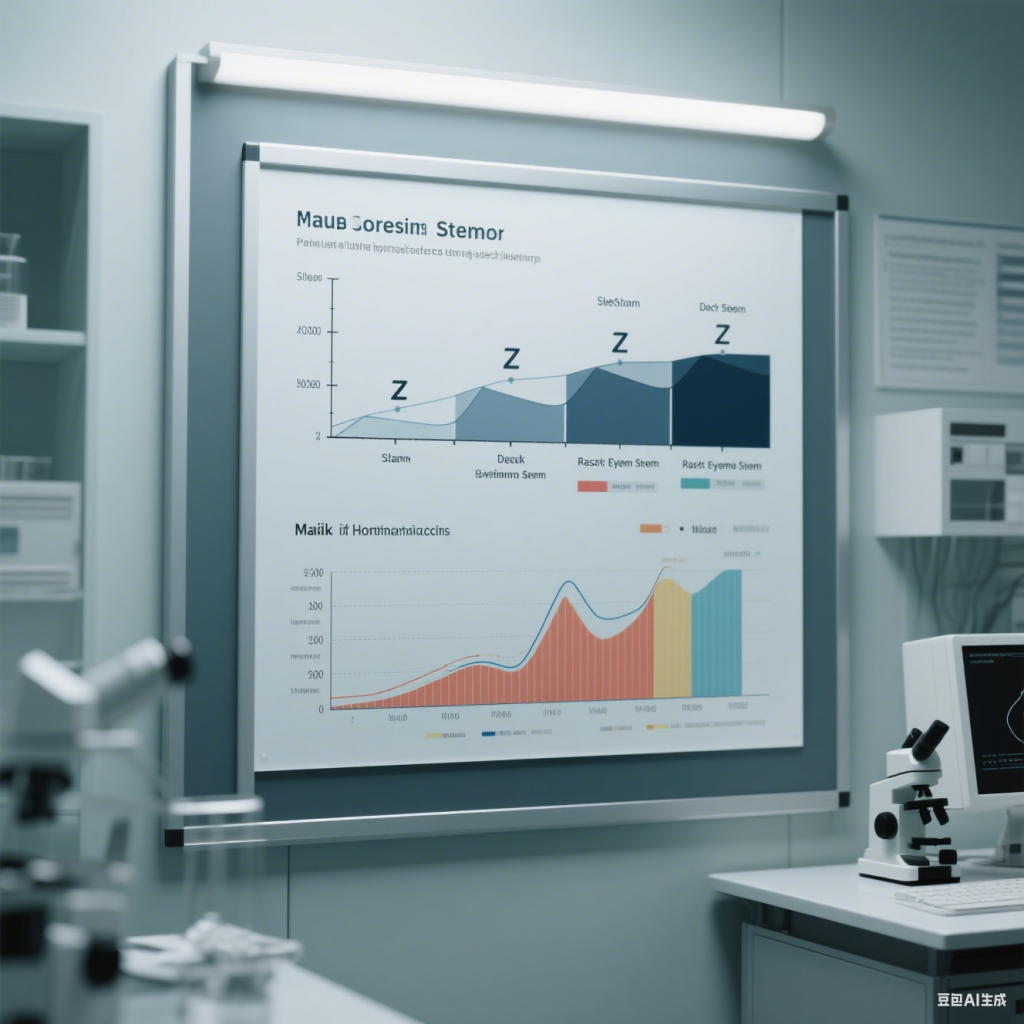Conquering Insomnia: Scientific Insights and Solutions
In today’s fast-paced world, insomnia has become a widespread health challenge affecting hundreds of millions globally. According to the World Health Organization, approximately 30% of adults suffer from sleep disorders, with insomnia being the most common form. Beyond draining daily energy, chronic insomnia can lead to severe consequences like cardiovascular diseases, anxiety, and depression. This article combines medical research with cutting-edge technology to offer comprehensive strategies for managing insomnia.
I. The Nature and Types of Insomnia
Insomnia refers to persistent difficulties in initiating or maintaining sleep, characterized by taking more than 30 minutes to fall asleep, waking up ≥2 times per night with trouble re-sleeping, or early morning awakenings. It is categorized by cause:
- Primary Insomnia: No clear medical origin, often linked to stress, anxiety, or poor sleep habits.
- Comorbid Insomnia: Occurs alongside other conditions (e.g., sleep apnea, hyperthyroidism) and requires treating the underlying issue.
- Sleep Maintenance Disorder: Frequent nighttime awakenings, common in middle-aged women, possibly due to hormonal changes or chronic pain.
II. The Roots of Insomnia: From Physiology to Psychology
Insomnia arises from a mix of biological, psychological, and environmental factors:
- Biological Factors: Disrupted melatonin secretion, circadian rhythm disorders, and conditions like Obstructive Sleep Apnea (OSA) can disrupt sleep cycles. For example, OSA patients often experience daytime sleepiness alongside insomnia due to repeated nighttime breathing interruptions.
- Psychological Factors: Anxiety, depression, and other emotional issues activate the brain’s “fight-or-flight” response, inhibiting sleep onset. Studies show heightened amygdala activity in long-term insomniacs.
- Environmental and Behavioral Triggers: Caffeine intake, nighttime screen use, and irregular schedules disrupt sleep. Blue light, for instance, suppresses melatonin, delaying sleep onset by 20–30 minutes.
III. Four Core Strategies to Tackle Insomnia
1. Foundational Interventions: Rebuilding Sleep Habits
- Sleep Hygiene:
- Maintain consistent bedtimes and wake-up times, even on weekends.
- Avoid blue light exposure 1 hour before bed (e.g., phones, computers).
- Keep bedrooms dark, quiet, and cool (18–22°C recommended).
- Cognitive Behavioral Therapy for Insomnia (CBT-I):
This approach addresses negative sleep-related thoughts (e.g., “Insomnia is deadly”) and behaviors (e.g., forced attempts to sleep) to restore healthy patterns. Research shows CBT-I has long-term efficacy superior to medication, especially for insomnia without underlying medical causes.
2. Medical Interventions: Targeting Comorbid Insomnia
- Sleep Apnea Treatment:
Continuous Positive Airway Pressure (CPAP) is the gold standard for OSA. ResMed’s AirSense 10 series uses AutoRamp™ technology, which lowers pressure as users fall asleep and adjusts gradually to therapeutic levels once deep sleep begins, enhancing comfort. Its ultra-quiet design (<26 decibels) and ClimateLineAir™ heated tubing reduce nasal dryness and condensation, preventing nighttime disruptions.
- Pharmacological Support:
Short-term use of benzodiazepines (e.g. zolpidem) can relieve acute insomnia but requires strict medical supervision to avoid dependence.
3. Lifestyle Adjustments: Diet and Exercise
- Dietary Tips:
- Avoid heavy, spicy, or sugary meals before bed.
- Drink warm milk or eat magnesium-rich foods (e.g., bananas) 1 hour pre-sleep to relax nerves.
- Moderate Exercise:
Regular aerobic activity (e.g., walking, swimming) increases deep sleep, but avoid intense workouts 3 hours before bed. Studies show 150 minutes of weekly moderate exercise improves insomnia by 50%.
IV.Solutions: A Technology-Driven Sleep Revolution
Our products embody three core advantages:
- Intelligent Precision:
This range integrates algorithms that track respiratory rhythms in real time and adapt airflow automatically, guaranteeing performance and convenience.
- User-Centric Design:
Minimalist interfaces, auto-dimming displays, and portability make adaptation seamless for patients.
- Data-Driven Care:
Integration of cloud-based monitoring systems and patient-facing platforms facilitates end-to-end oversight—from data capture to tailored care adjustments—ensuring “treatment grounded in clinical data.”
V. Action Plan: From Awareness to Practice
- Self-Assessment: Use the Insomnia Severity Index (ISI) or Pittsburgh Sleep Quality Index (PSQI) for initial screening.
- Professional Consultation: Consult a sleep specialist if insomnia persists >3 weeks to rule out conditions like OSA.
- Gradual Adjustment: Prioritize sleep hygiene and CBT-I; consider medication or devices if ineffective.
- Long-Term Management: Track progress via tools and adjust plans with clinicians regularly.
Conclusion
Insomnia is not an insurmountable barrier. With science and technology, most patients can reclaim quality sleep. Remember, improving sleep is a “marathon,” and consistency is key to awakening a better you.
